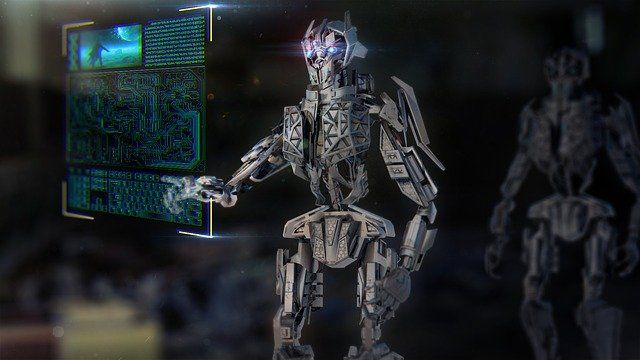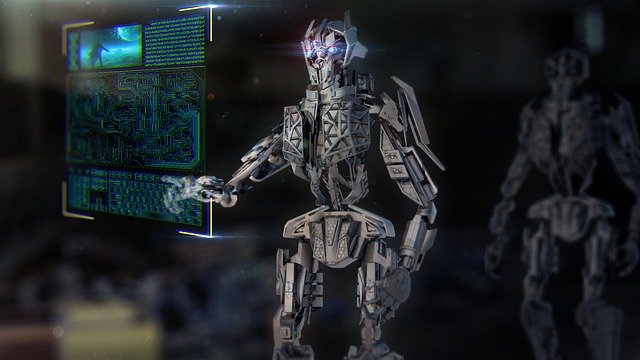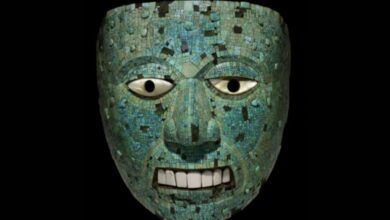US scientists may have developed the first robotic syllabus that allows machines to transfer skills without human intervention


- Robots have difficulty learning from each other and rely on human instructions
- New research from UC Berkeley shows that the process can be automated
- This would eliminate the problems of manually training robots
Although robots are increasingly integrated into real-world environments, one of the biggest challenges in robotics research is ensuring that the devices can efficiently adapt to new tasks and environments.
Traditionally, training to master specific skills requires large amounts of data and specialized training for each robot model. But to overcome these limitations, researchers are now focusing on creating computational frameworks that enable the transfer of skills between different robots.
A new development in the field of robotics comes from researchers at UC Berkeley, who have introduced RoVi-Aug: a framework designed to augment robotic data and facilitate skill transfer.
The challenge of skills transfer between robots
To facilitate the training process in robotics, it is necessary to transfer learned skills from one robot to another, even if these robots have different hardware and design. This capability would make it easier to deploy robots in a wide range of applications without having to retrain them all.
However, in many current robotics datasets there is an uneven distribution of scenes and demonstrations. Some robots, such as the Franka and xArm manipulators, dominate these datasets, making it more difficult to generalize learned skills to other robots.
To address the limitations of existing datasets and models, the UC Berkeley team developed the RoVi-Aug framework that uses state-of-the-art diffusion models to augment robotic data. The framework works by producing synthetic visual demonstrations that vary in both robot type and camera angles. This allows researchers to train robots on a wider range of demonstrations, allowing for more efficient transfer of skills.
The framework consists of two major components: the robot augmentation module (Ro-Aug) and the viewpoint augmentation module (Vi-Aug).
The Ro-Aug module generates demonstrations involving different robotic systems, while the Vi-Aug module creates demonstrations captured from different camera angles. Together, these modules provide a richer and more diverse dataset for training robots, bridging the gap between different models and tasks.
“The success of modern machine learning systems, especially generative models, demonstrates impressive generalizability and motivates robotics researchers to explore how to achieve similar generalizability in robotics,” says Lawrence Chen (PhD candidate, AUTOLab, EECS & IEOR , BAIR, UC Berkeley ) and Chenfeng Xu (PhD candidate, Pallas Lab & MSC Lab, EECS & ME, BAIR, UC Berkeley), said TechXplore.




